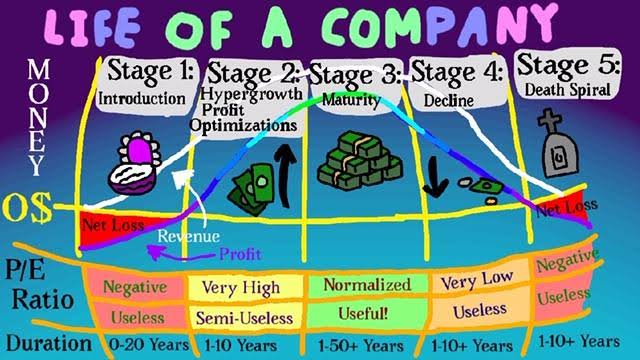No inconsistency at all, if anything Nalanda has been consistent in their thought process and execution. The moment the incumbent promoter exited, they cashed out and put their money to work elsewhere in both the Mindtree and the Thyrocare scenarios.
Some investors prioritize investment philosophy over outcomes, since they have experienced that good process leads to good outcomes over time. Mindtree may have given 2x+ but L&T Infotech has given 2x+ too and that precisely is the point here. As an investor in L&T Infotech I was hardly bothered when L&T took over Mindtree, but if I were a Mindtree investor I would have done some serious thinking. Business quality of Mindtree doesn’t change too much post the takeover but the question of how the minority investor will be treated eventually remains.
The outcome can be good or bad but the key Q for minority investors is to evaluate if they want to take this bet. Or do they take their bets elsewhere where the possibility of complicated deal structuring is not there. This is an investment philosophy based question and not that of what the outcome will be. For good investors get good outcomes more often than not, one can let go of 20 good opportunities and still compound at 20%.
Coming to the Pharmeasy business, the possibilities are interesting no doubt. Indian domestic Pharma market (excluding exports) is 1.3 lakh Cr of which retail pharmacy accounts for a good bulk of the channel. At 13-15% organized penetration this segment has a long way to go, the retailer margins in pharmacy are in the range of 20-22%. It is also interesting that these organized retail pharmacy stores also sell some consumer products along with medicines and OTC wellness products. This trend is only growing and can be verified from initiatives taken by a few FMCG companies. Marico has a well defined plan to increased distribution footprint with the organized retail pharmacies now, they have traditionally not focused on that segment.
So this business segment will have an addressable GMV of 1 lakh Cr+ with a revenue potential of 20,000 Cr+ p.a. Organized is 15% of this right now but can be expected to get to 30%+ share in 5-6 years time. No wonder all big behemoths like Reliance, Tata and Amazon want a piece of the action here. They all have deep pockets and can play the cash burn game for a decade if it comes to that.
But can they play the cash burn game in a listed company where investors expect to see profits and cash flows? We don’t have the answer yet in India.
Will Pharmeasy be a dominant player here in 5-10 years time? No inputs on that since the segment is only evolving and is likely to see cash burn over many years for this very reason. It is also not easy to get relevant information on private companies.
If so, where is the disconnect one may ask.
Dr Lal Pathlabs is valued at 27,000 Cr and there are always debates about whether the business is overvalued.
Abbott India is valued at 35,000 Cr and is a leading domestic formulations player growing at 13-14% and makes 40%+ ROCE
Alkem Labs which gets 66% from domestic pharma and makes a PAT of 1,500 Cr is valued at 38,000 Cr
Pharmeasy is already valued at USD 4 Bn. Says who? The PE’s who value the company based on a completely different set of criteria
This is the disconnect that will have to be reconciled as private market valuation meets public market valuation face to face, very soon.
@RedEPS - How the public markets ecosystem in India will look at the new economy companies remains to be seen, good thing is we will known in 2-3 years since many will list over the next 12-18 months. Developed markets in the US and Europe have shown the willingness to wait for eventual value creation, if the Indian market too agrees things will get interesting for sure.
Just that we don’t have that answer yet. We can wait and watch for some years before making a decision since the growth runway is very long in India. Developed markets saw organized markets before tech disruption came, in India organization of markets and tech disruption is happening at almost the same time. Obscenely high growth rates can be possible in India for this reason, assuming the new age companies manage to get their formula right.
The limited number of new age companies that have listed so far do not inspire confidence going by the share price movement since listing. Case in point - Just Dial, Infibeam. Watch their growth rates pre listing and post listing. Do the same for some other PE backed companies like SH Kelkar and TCNS Clothing. The general trend has been that the business runs on steroids till it is private but once it lists and the demands of the new set of investors vary, growth rates tend to suffer. I do not have any views on cause and effect here, but the trend is interesting for sure.

